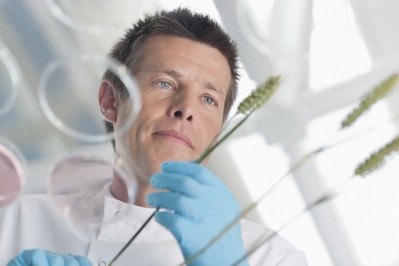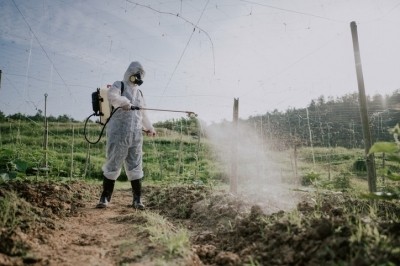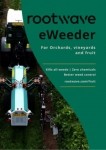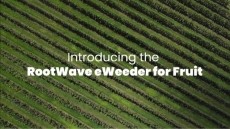Overcoming the ‘tyranny of distance’: Can Australia successfully push its weight on a global stage?

Innovation in the Australian agtech sector has traditionally been held back by insufficient investment and problems such as old soils, water scarcity, and a lack of agricultural subsidies.
But the landscape is changing, particularly since the victory of Prime Minister Anthony Albanese’s Australian Labor Party at the 2022 general election when the issue climate change was at the fore of debate.
The government has committed AUD$15 billion (US$9.8 billion) to establish the National Reconstruction Fund Corporation (NRFC) to promote the agriculture, forestry and fisheries sectors. It is also developing the Agriculture and Land Sectoral Plan to look at reducing emissions from agricultural activities and land use as part of the country’s goal to reach net zero by 2050.
The online platform AgriFutures growAG, set up three years ago with AUD$2 million in federal funding, has also been deployed to showcase the county’s agrifood innovation to the world. It is tasked with connecting the global agri-food network of researchers, investors, universities, start-ups, scale-ups and corporates to build opportunities for international cooperation.
“GrowAG.com grew out of a proposal to create a platform that allowed investors, researchers and farmers from Australia and the rest of the world to easily locate information and commercial opportunities to further deliver innovation back to the farm and the food supply chain,” explained its general manager Harriet Mellish.
The big trends driving the growth of agtech in Australia:
Precision farming and automation: Agtech is enabling robotics and automation to improve efficiency and reduce labour, precision targeting of inputs, and the use of big data and AI to inform decision making.
Sustainable farming technologies: There is growing demand for agtech solutions that support more sustainable farming practices.
Rising incomes and population growth, particularly in Asia, are driving high demand for protein and food products. This presents a major opportunity for Australian agriculture, which exports over 70% of produce, mainly to China.
Australia's competitive advantages: Australia has a large area of arable land, low land use conflicts, high biosecurity status, ease of doing business, technological readiness, innovative culture, and close proximity to export markets.
“We quickly realised that this could be much more – there was no one entity that operates an unconflicted platform for anyone in the global ecosystem to connect, share information, find collaborators and attract funding."
Since its launch in 2020, the platform has facilitated over AU$150 million in global start-up investment. It has listed over 3,000 projects and 350 funding opportunities to date. It boasts more than 9,000 users per month from more than 190 countries. Users include Bayer – which announced a new partnership in March this year.
“Bayer have been really active on GrowAG, with 19 listings to attract participants for their Open Innovation challenges and grant programmes,” said Mellish.
Phil Taylor, Director of Open Innovation & Outreach, Bayer US – Crop Science, said: “Working with people and organisations outside our company is critical to drive innovation that would not otherwise happen.”
Is Australia’s uniqueness helping or hindering agtech?
What can Australia offer the global innovation ecosystem exactly?
Australian farmers are grappling with a hotter, drier, and more variable climate that is reducing farm profitability and productivity, especially in cropping regions.
All the while, Australian farmers receive some of the lowest levels of government support among developed countries. "Our producers are unsubsidised,” Mellish said. “As a result of that they’ve always had to be extremely close to their p and l. We really see innovation as an opportunity to address a number of challenges that are impacting our producers whether that's rising input costs or the climate conditions that they are facing.”
The hope is that the lessons learned can be deployed elsewhere around the world.
Australia is attracting more international investors, who are drawn to the country's natural advantages as a source of climate-adaptive agtech solutions, said Mellish. For example, Singapore-based VC firm Silverstrand Capital has made multiple investments in Australian companies and funds focused on regenerative agriculture, soil health, biodiversity, and nature-based solutions.
Australia’s geographical remoteness, meanwhile, has had a strong influence on its development and identity. This is both a help and a hindrance to the agtech sector’s attempts to grow.
"There is a tyranny of distance with the rest of the world,” said Mellish. “It's a really large country which makes setting up an innovation arm a challenge. We want to enable Australia to be further up the pecking order to be able to access tech from the big multinationals."
Remoteness is a significant problem for Australian farmers, who want to be able to access speed of technology faster, she said. One success story is this regard is the YackerApp, a social media app for the agricultural community now boasting 1,000+ users and which was supported by GrowAG.
This is a type of innovation that could be deployed in other geographies, believes Mellish. "There are a lot of synergies with Australia and US in terms of climate conditions and also the scale of operations which has those similarities.”
The government has, however, identified several barriers to adoption of agtech solutions in Australian agriculture including a lack of digital literacy. Technologies are also often developed without sufficient input from end-users, resulting in solutions that don't meet farmer needs.
But there's openness to new tech among farmers, said Mellish. “Our producer technology uptech programme had a 92% satisfaction and an adoption rate of around 11% which is actually quite high.”
Aussie agtech is eyeing opportunities in the US
The fact Aussie producers don’t enjoy US or European-style subsidies – coupled with that fact the country is feeling the effects of climate change more than most others – means it is uniquely placed to spearhead global innovation, believes Frank Meehan, co-founder of SparkLabs Group, a network of start-up accelerators and venture capital funds.
Australians are famous for a unique perspective on the world, shaped by their geographic location. Australia’s isolation allows it the benefit of being able viewing the ag sector through a global lens, he said. This evidenced by the fact Austraia already exports over 70% its agricultural production.
“A lot of limited partners don't understand the ag space and they also tend to see it through the lens of one market, which is not the way the ag market works. Every market is so different in the way it is regulated and driven. When we assess companies we look at them from a global lens. I think too many ag investments are looked at through a US or European lens.”
One of the group’s investment vehicles is Australia-based agri-food tech accelerator SparkLabs Cultiv8. Founded in 2017, SparkLabs Cultiv8 has supported more than 50 (both Australian and international) companies through its accelerator programme. These companies today boast a combined market cap of over AUD$1.7 billion and have raised more than half a billion dollars in follow-on capital.
SparkLabs Cultiv8 recently announced a tie-up with Kansas State University’s research innovation and partnership arm, K-State Innovation Partners, to drive agri-food tech growth.
In the US, companies engaged with SparkLabs Cultiv8 now have access to Kansas State University for R&D; evaluation and validation, and access to talent. K-State also delivers introductions to corporate partners; economic development organizations; and public and private funding opportunities.
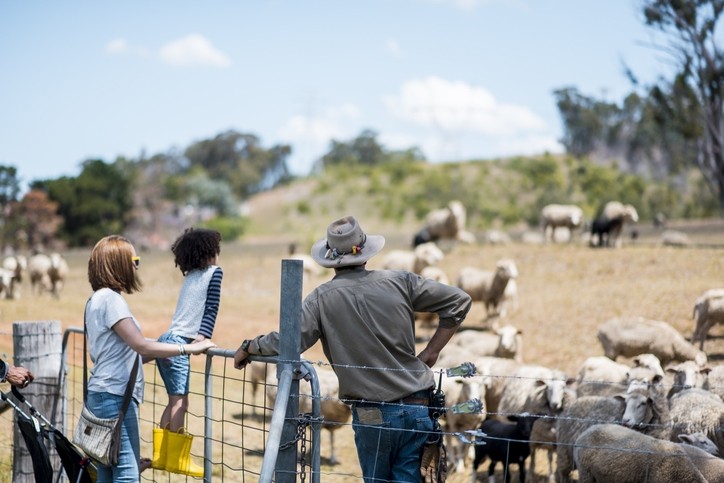
In Australia, SparkLabs Cultiv8 will facilitate access for US companies to relevant universities and researchers; investors; R&D partners; customers, and Australia’s unique network of agricultural industry peak bodies, the Rural Research and Development Corporations.
Companies to benefit from the partnership include the Australian companies Zetifi, which delivers reliable wifi to remote farms; seaweed-based feed company FutureFeed; and Ranchbot which deploys small farm robots to improve water and resource use: proof that companies that began life down under can tap into universal agtech challenges.
Another example is Sydney-based Woolemi, which offers audit-grade climate reporting for land and agricultural portfolios. Austraia urgently needs to cut emissions from its agriculture sector, which make up over 17% of Australia’s emissions compared to around 10% in Europe and the US. In 2024 Australia will join the UK, EU, Canada, NZ, Brazil and California in legislating climate disclosure, starting with large corporates and financial services companies. The country is therewhere well placed to share these learnings with the rest of the world.
The SparkLabs Cultiv8 partnership gives bilateral access to US and Australian markets. SparkLabs Cultiv8 co-founder Malcolm Nutt said the partnership will accelerate commercialisation for a huge diversity of companies in the agtech space.
“Australia and the US are ideal counterparts, as companies can develop their products across dual seasons and a range of climatic conditions, within ecosystems that are extremely engaged and a supportive,” he said.
“The US offers immense opportunities for Australian companies – it’s the biggest agri-food tech market in the world with $5 billion invested in agri-food tech just last year – but Australia is a fantastic place for US companies to come and do business as well, with a big export market, access to Asia, and a farming community known for innovation and early adoption.”
